 Single-brew coffee systems have become quite popular because they are convenient and save money. Like many, I saw the immediate benefits of the single-brew systems especially for entertaining. We bought a Melitta One:One single brew system that use pods quite similar to round tea bags only coffee. We were quite happy with it even though it was difficult to find the pods in town but since we were in the US on a fairly regular basis, that wasn't a concern. Then in early 2011 the Melitta started leaking sporadically gradually getting worse. Compounding the problem, the pods for the Melitta were getting hard to find in the US as well, or at least where we shopped. Finally, I had enough and replaced the Melitta with a Keurig single-brew coffee system. Unlike the propriety pods for the Melitta with no option for using your own coffee, the Keurig had the My K-cup reusable filter system which would allow us to brew coffee using any ground coffee we wanted not just their K-cups. In the event K-cups were no longer available, the system would still work until the appliance itself died.
Single-brew coffee systems have become quite popular because they are convenient and save money. Like many, I saw the immediate benefits of the single-brew systems especially for entertaining. We bought a Melitta One:One single brew system that use pods quite similar to round tea bags only coffee. We were quite happy with it even though it was difficult to find the pods in town but since we were in the US on a fairly regular basis, that wasn't a concern. Then in early 2011 the Melitta started leaking sporadically gradually getting worse. Compounding the problem, the pods for the Melitta were getting hard to find in the US as well, or at least where we shopped. Finally, I had enough and replaced the Melitta with a Keurig single-brew coffee system. Unlike the propriety pods for the Melitta with no option for using your own coffee, the Keurig had the My K-cup reusable filter system which would allow us to brew coffee using any ground coffee we wanted not just their K-cups. In the event K-cups were no longer available, the system would still work until the appliance itself died.
I immediately started the cost analysis of the K-cups. Each K-cup makes one 5.25 oz, 7.25 oz or 9.25 oz cup of coffee, tea, hot chocolate or other speciality drinks. Depending on where you buy them, K-cups range in price from 35¢ to 79¢ which is a savings on $1.25 for a small take-out coffee and a considerable savings on speciality or gourmet coffees at coffee shops. There's less waste produced with a K-cup and a lower carbon footprint as you don't have to drive to the coffee shop. It's an added bonus to grab a favourite gourmet coffee and have it brewed into a travel mug just in time for heading out the door. By far at 8¢ per cup, the My K-Cup filter with regular ground coffee bought on sale is the cheapest but it doesn't hurt to enjoy a favourite gourmet brew either. The problem with some of the flavoured and gourmet coffees is you might not like them which has led to K-cup coffee shops which are becoming very popular because you get to sample the flavour of choice before buying a full package.
I just discovered one close enough to stop in when in that community. The premise is you can pick a K-cup of your choice then have it brewed while sitting and enjoying the coffee shop or you can buy 6 or 30 mix-and-match K-cups or you can buy full boxes of one flavour of K-cups. The one I went to charges $1.50 for a brewed coffee of your choice, $5 for a mix-and-match 6 K-cups (73¢ each), $22 for 30 mix-and match (73¢ each) and $16 for single flavour K-cups (66 ¢). Be warned that they don't carry all variety of K-cups as the one we went to did not have any Folger's K-cups but they did have Starbucks. Of note, if it is important to you, there was one K-cup (pink blend) with proceeds going to breast cancer research and several varieties that were Fair Trade.
Now, clearly the K-cup coffee shops are not cheaper per cup of coffee than Country Style or Tim Hortons BUT they are offering you a chance to taste test before buying a full box of that K-cup and they are giving you an opportunity to buy a wide variety of K-cups to taste test at home at a slightly lower price than you would pay for a full box of K-cups, single flavour, regular price. The one we went to had sample K-cups of three of the brands that Sam's Club sells. Sam's Club K-cups range in price from 43¢ to 56¢ but you have to buy a 80 pk which would really be annoying if you found you didn't like the taste of the coffee. So if you have a chance to test out the coffee first, pay the extra at a K-cup coffee shop then if you like it buy it by the package on sale or at Sam's Club.






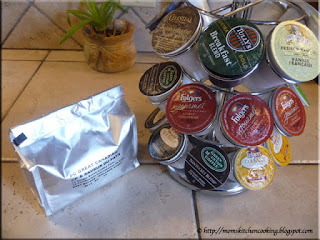
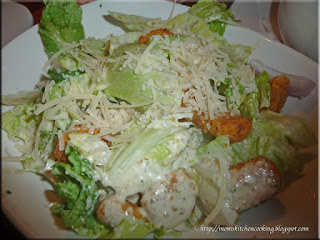


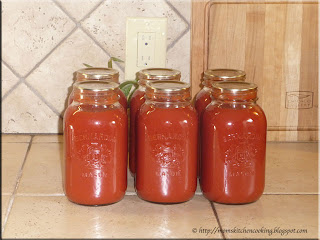


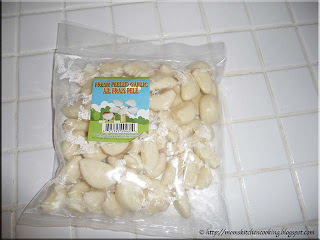

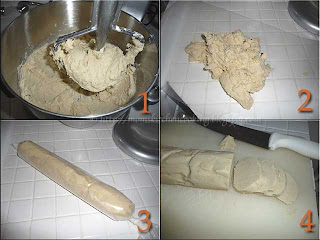


 Quesadillas
Quesadillas